The Ripple Effect
-News and Commentary-
The Rent Trap: How Inflation Policy Is Fueling a Housing Crisis
- Home
- News and Commentary
- The Rent Trap: How Inflation Policy Is Fueling a Housing Crisis
Share On Social
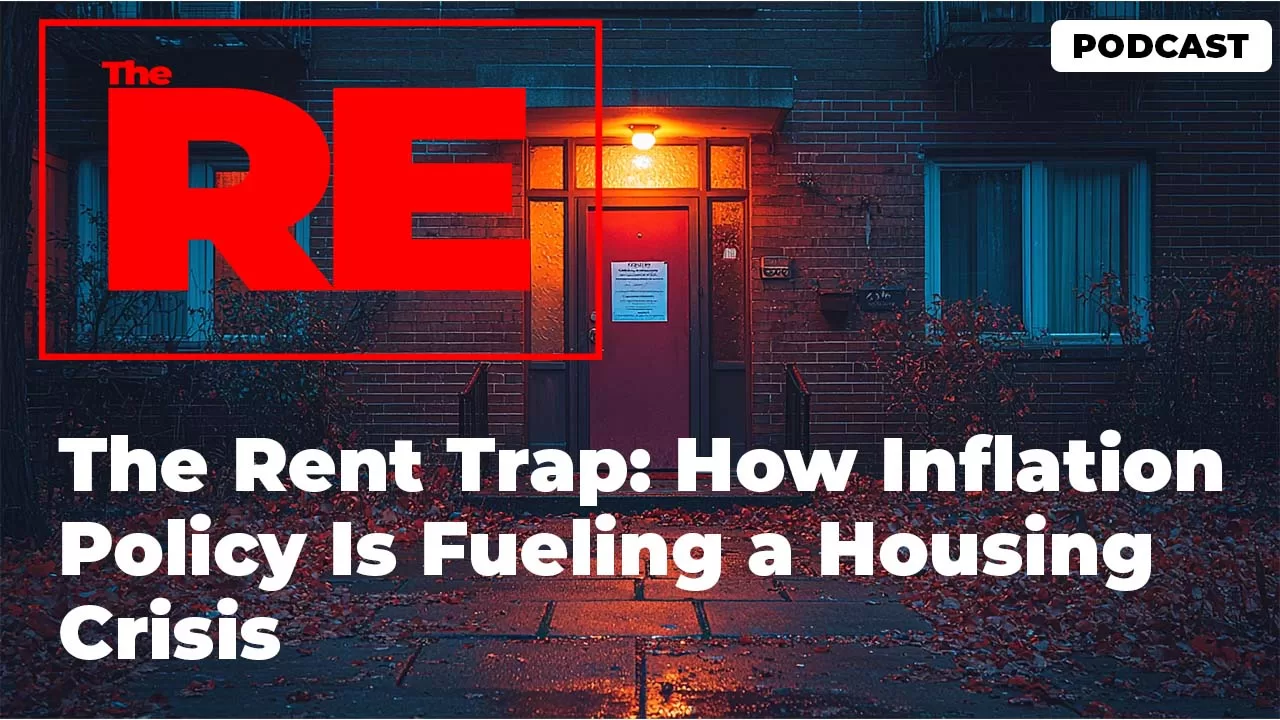
Today in The Ripple Effect, we’re talking about rent, how it went from annoying to unbearable, and how a war on inflation quietly turned into a war on stability.
Across the country, rent isn’t just going up, it’s exploding. Cities, suburbs, rural towns it doesn’t matter. A one-bedroom apartment that used to cost $1,200 is now pushing $1,900. That’s not just inflation. That’s structural pressure, compounded by decisions made far from the tenants who are paying for it.
For years, housing has been sold as the first step to financial security. But now? Rent is the trap that keeps people from ever moving forward. And while headlines blame supply and demand, interest rates, or even millennials with avocado toast, the deeper truth is this: policy choices made at the top are reshaping life at the bottom.
Because when the Federal Reserve raises interest rates to “fight inflation,” mortgage rates rise. When mortgage rates rise, would-be homeowners stay renters longer. When they stay renters, demand surges. And when demand surges in a market with low supply? Landlords raise the rent, not because they need to, but because they can.
This is the ripple. A decision made by the Fed board in a wood-paneled room eventually shows up as an eviction notice in someone’s mailbox.
No warning. No conversation. No forgiveness.
Just… gone.
Let’s talk about who’s caught in the middle of this mess. It’s not just low-income renters or people in overpriced cities. It’s people with good jobs and decent credit—nurses, teachers, first-year engineers, families with two incomes. People who did everything “right” but are still watching rent eat 40, 50, sometimes even 60% of their paycheck. It’s the young adult trying to move out, the retiree looking to downsize, and the single parent who just needs a two-bedroom that won’t wipe out their savings.
So what exactly happened?
The answer starts with interest rates. In 2022, when inflation started surging, the Federal Reserve responded with one of the fastest and most aggressive rate hikes in decades. That move, meant to slow the economy, had an unintended consequence: it made buying a home nearly impossible for millions of people. Mortgage rates doubled in under a year. Homeownership, once a reachable goal for the middle class, slipped out of reach almost overnight.
With fewer people buying, the rental market got slammed. Former homebuyers stayed renters. Landlords saw the demand and raised rents, not modestly, but aggressively. In places like Tampa, Phoenix, and Atlanta, average rents rose by 20–30% in a single year. And it wasn’t just individual landlords adjusting to inflation. It was institutional players—corporate landlords—who started treating rental properties like stock portfolios.
Companies like Invitation Homes, Progress Residential, and Blackstone bought up tens of thousands of single-family homes, using pricing algorithms to raise rents dynamically. No one to negotiate with. No faces behind the leases. Just an automated system designed to push rent as high as the market would bear.
Meanwhile, renters had nowhere to go. Cities weren’t building fast enough. Zoning laws kept housing supply restricted. In some neighborhoods, long-term rentals were replaced by short-term listings. In others, developers focused only on high-end luxury apartments—because that’s where the margins were, not affordability.
And public policy? It barely flinched. Emergency rental assistance programs expired. Most states passed the buck to local governments. Federal protections didn’t keep pace with rising costs. Rent control remained politically toxic. In many places, landlords could raise rent by 20% and face no consequences at all.
But when did this pressure start building?
It didn’t begin with COVID but that’s when everything sped up. The pandemic exposed the fragility of the housing system. Then inflation hit, and the Fed’s reaction amplified the existing cracks. What was once a slow-moving affordability issue became a full-blown crisis by 2023. Renters went from budgeting tighter to being pushed out completely.
And why does it matter?
Because stable housing isn’t a luxury, it’s a foundation. Without it, everything else collapses. When people are forced to move every year because of rent hikes, they lose community. They lose consistency. Kids lose school stability. Parents lose work proximity. Mental health tanks. Savings disappear. Hope fades.
And all of it—all of it—can be traced back to decisions made in the name of “economic stability.” But stable for who? Because for millions of renters, the system feels anything but.
Rent was never supposed to define your entire financial life. But today, it’s doing exactly that—for more people than ever.

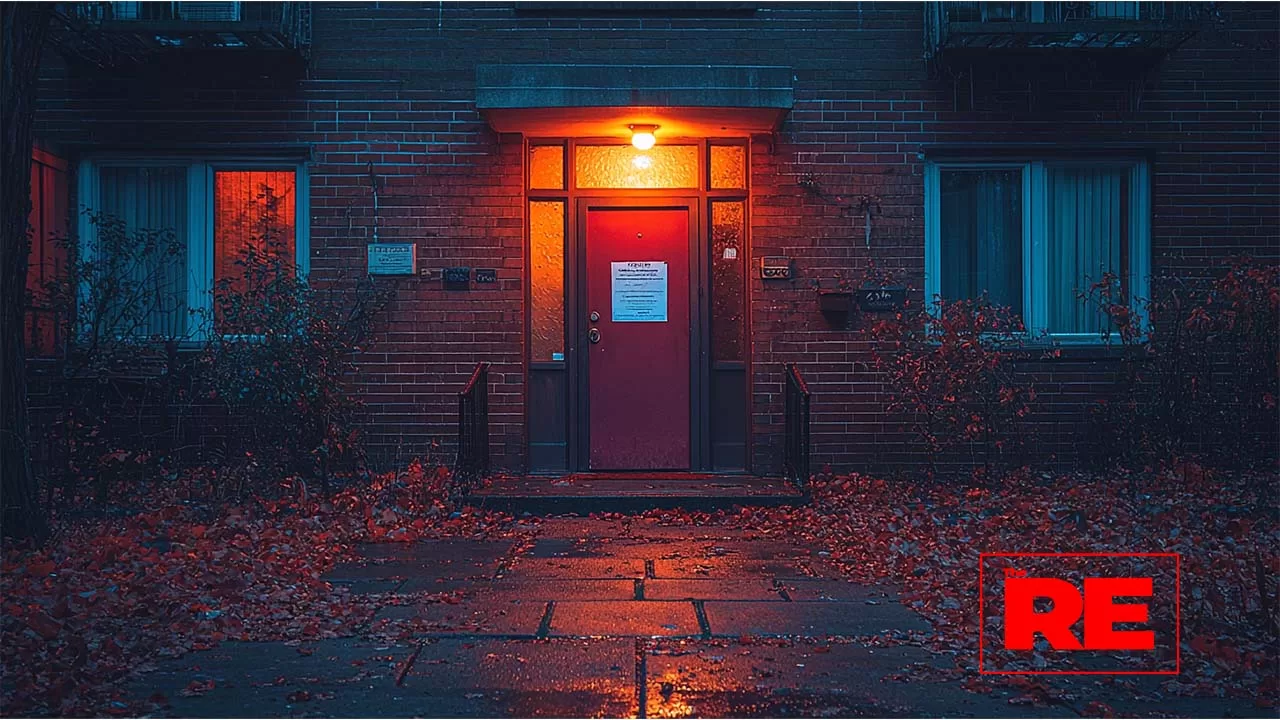

The truth is, renting has become less about transition and more about survival. You’re not building toward anything. You’re just staying afloat, hoping the next lease renewal doesn’t break you. That’s the quiet pressure that’s reshaping what it means to be “doing okay” in America.
And it’s not just about high prices t’s about what those prices take away. When 50% or more of your income goes toward housing, everything else shrinks with it. Vacations disappear. Medical checkups get postponed. Student loans fall behind. Emergency savings? That turns into wishful thinking. For some families, even one small rent increase can trigger a cascade of cuts—to groceries, transportation, childcare, and everything in between.
That kind of financial fragility doesn’t just affect wallets. It changes behavior. It teaches people to stop planning, to avoid risk, to stay still when moving might make more sense. People stop switching jobs even for better pay because moving means upfront costs, application fees, deposits, and credit checks. They stop asking for raises because job insecurity and housing insecurity now feel connected. When your housing can vanish with 30 days’ notice, stability becomes a luxury, not a right.
And then there’s the emotional cost. Living on the edge of affordability wears you down. It creates a sense of impermanence even when you’ve lived in the same place for years. You start to second-guess your worth. You feel out of place in your own neighborhood. Gentrification doesn’t just move people it isolates the ones who stay. New cafes open, old neighbors leave, and the rent hikes send a quiet message: this place is no longer for you.
But perhaps the most dangerous ripple is how normalized it’s all become.
People say, “That’s just the market.”
They shrug off $2,400 for a two-bedroom.
They downplay the stress of signing a lease, not knowing if they’ll be able to renew it next year.
That’s how systems protect themselves by turning dysfunction into expectation.
And while all this unfolds, policy remains stuck. Housing continues to be framed as a local issue, even as national trends shape everything from mortgage rates to rental prices. There’s no federal strategy to cap rent increases. No large-scale intervention to stabilize housing markets. Just a patchwork of local attempts, and a lot of finger-pointing.
So where does that leave us?
It leaves us with a housing system where profit has outpaced purpose.
Where families are displaced, not by disaster, but by spreadsheets.
Where millions of Americans are being slowly priced out of a future they thought they were building.
So let’s stop asking, “Can people afford rent?” and start asking:
Who decided that housing is something to invest in instead of something to live in?
What kind of society pretends that rent increases are just economics, not consequences?
When did we start accepting that working full-time still might not be enough to stay housed?
Where are the protections that recognize shelter as a human right, not a monthly hustle?
Why are renters treated like temporary residents in the communities they help sustain?
Because once people stop believing they can stay where they are, or ever get to where they want to be, the damage doesn’t just ripple. It lingers.
One story. One truth. One ripple at a time.
This is The Ripple Effect, powered by The Truth Project.

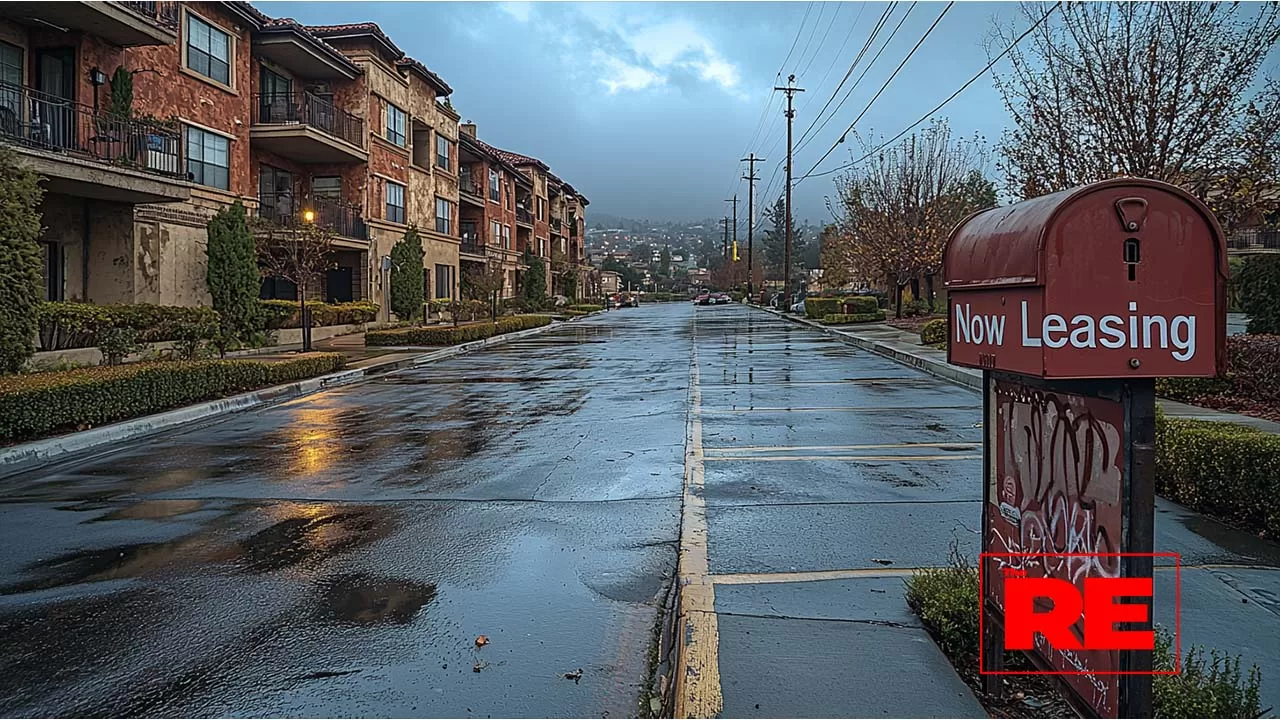


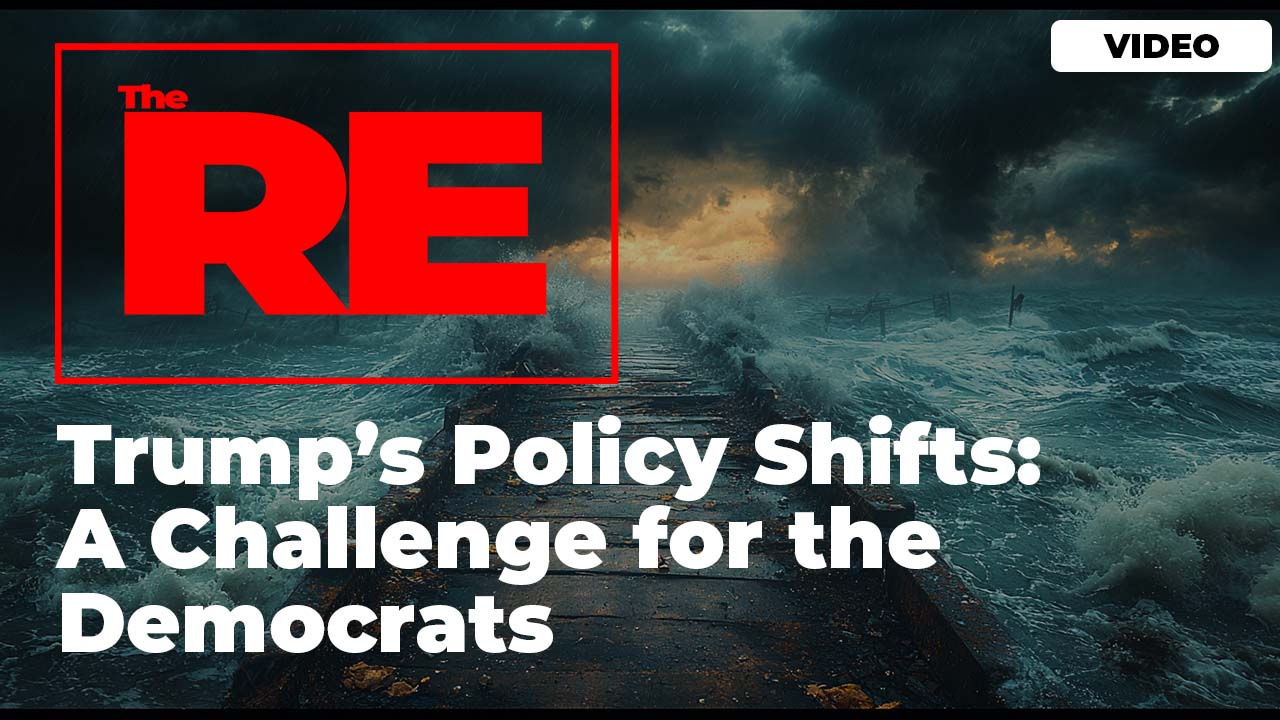
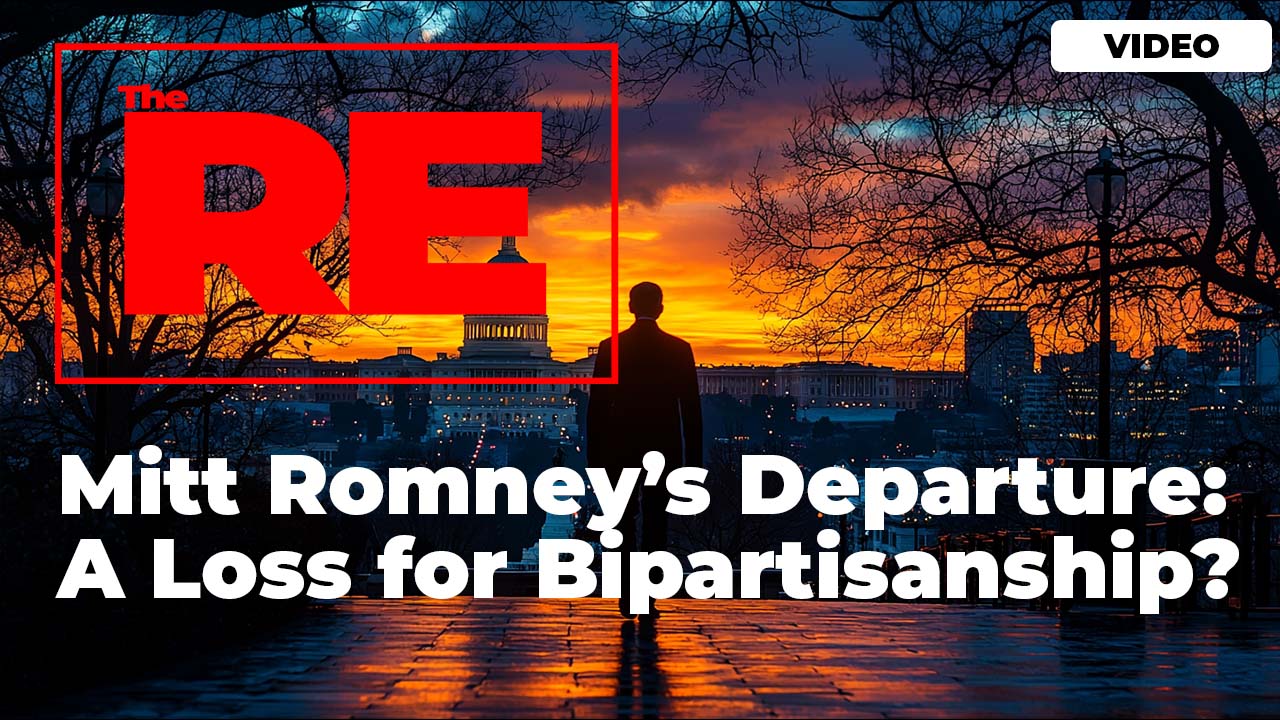
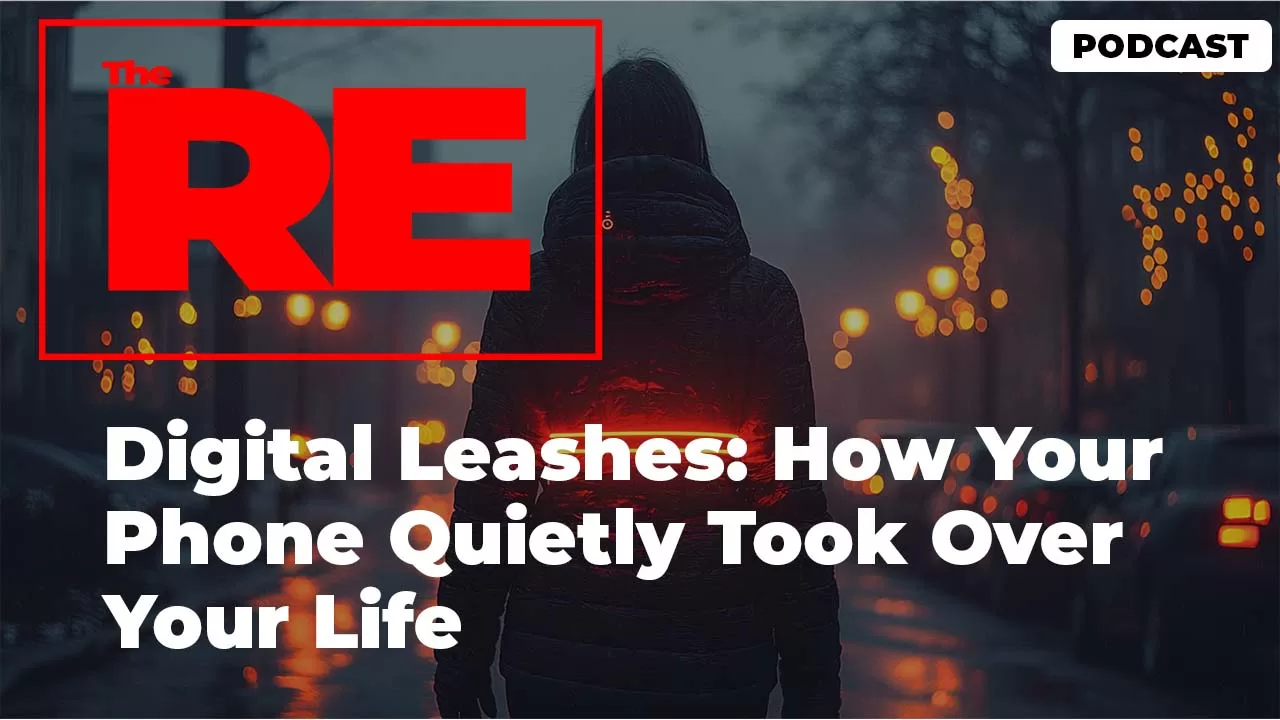

 and then
and then